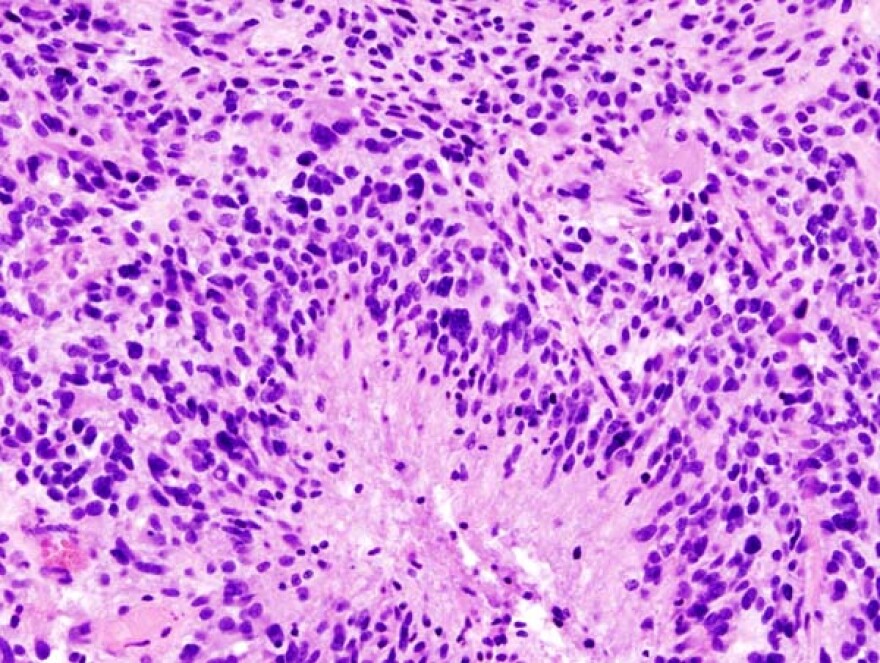The standard thing to do when a child is treated for brain cancer is to put some of the tumor cells under a microscope, and see what kind of cancer it is.
But new research led by Dr. Jim Olsonof the Fred Hutchinson Cancer Research Center and Seattle Children’s compared that type of diagnosis with results of genetic testing of the same tumors and found that 71 percent were actually another type altogether.
The children had all been diagnosed with CNS-PNET, a rare tumor of the cerebrum. Genetic sequencing revealed that many of those tumors were actually glioblastomas, a cancer with much poorer prospects for survival.
“The difference can be whether the patient has a 5-10 percent likelihood of survival at 5 years, or a 70-80 percent chance of survival. So it’s a huge difference in how we prepare the family for what’s coming,” Olson said.
Getting it right could also spare many children from grueling treatments they don’t need.
Olson emphasizes that the pathologists making the original diagnoses were using what have long been considered gold-standard methods. It’s just that the cells of these two tumors look extremely similar.
Olson says he hopes genetic testing will become the standard tool for identifying pediatric brain tumors and possibly many other cancers as well.
The study was published in the Journal of Clinical Oncology.







